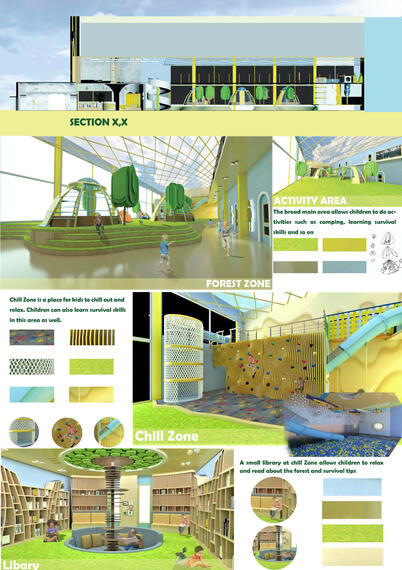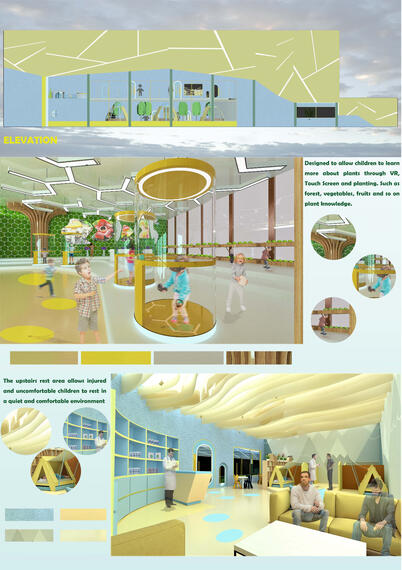Every generation of teens is shaped by the social, political, and economic events of the day. Today’s teenagers are no different—and they’re the first generation whose lives are saturated by mobile technology and social media. Teens and kids nowadays are attached to technologies and social media and they know nothing about the outside world, nature, and everything else. Throughout the years, there have been many cases reported on missing children in the woods. People rely on everything on technologies and that is just one of the problems why this unfortunate event is happening every year. Overprotective parents are another problem for kids lacking in survival skills. They let their kids rely on technology and they are attached to it and outdoor activities have lessened. The survival learning center is different from attending schools and classes. It’s a center that helps children develop many skills that are hard to teach in the classroom. It’s very physical so it encourages children to be active, with lots of activities to develop both fine and gross motor skills. It also helps them survive in the forest when they get lost in it. Nature is the perfect setting for dramatic play and abounds with open-ended play materials like pinecones, rocks, sticks, logs, sand, and leaves that encourage children’s imaginations to run wild. These creative skills are essential for problem-solving and succeeding at school and life later. Also, natural spaces are not gender-coded, which encourages boys and girls to play together and helps promote gender equity. Other than that, allowing kids to be exposed to nature is good as they learn more about the importance of nature, the origins, and how it’s something that we need to take care of. Children also benefit from the simple act of being outdoors. Research has shown that it improves mental and spiritual health, communication skills, and social relationships, among other things. Connecting with nature helps children feel part of the world. Just being outside in nature is calming, and you can see that in how children behave.
With these statements, I wanted to help lessen cases of the lost child in the woods by teaching them how to survive when it happens. Children learn to assess, appreciate, and take risks, making sensible, informed decisions about how to tackle the activities and experiences they encounter. They’re learning to be self-sufficient and take care of themselves, which boosts their confidence and self-esteem, through trial and error they learn to deal with failure and develop the resilience to keep trying: a vital skill in the classroom as well as outside.
The concept that I’m using is sunshine. With this in mind, it can bring positivity to the kids who attend my classes while also learning survival skills. And the last, this design had applied sunflower as an element to represent sunshine.
© 2020 by INTI Center of Art & Design. Proudly created by the ICAD Voyage Showcase Committee.





